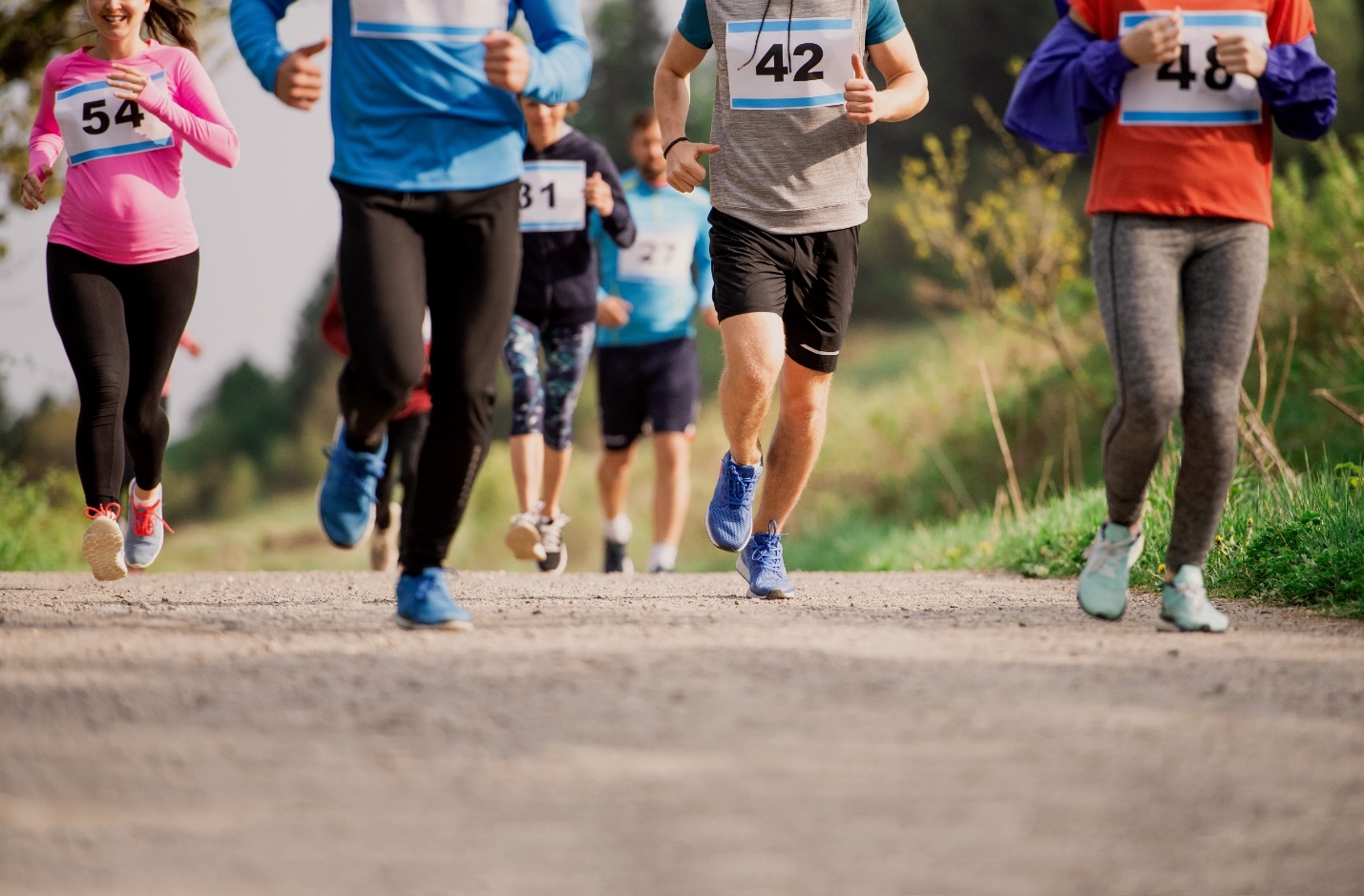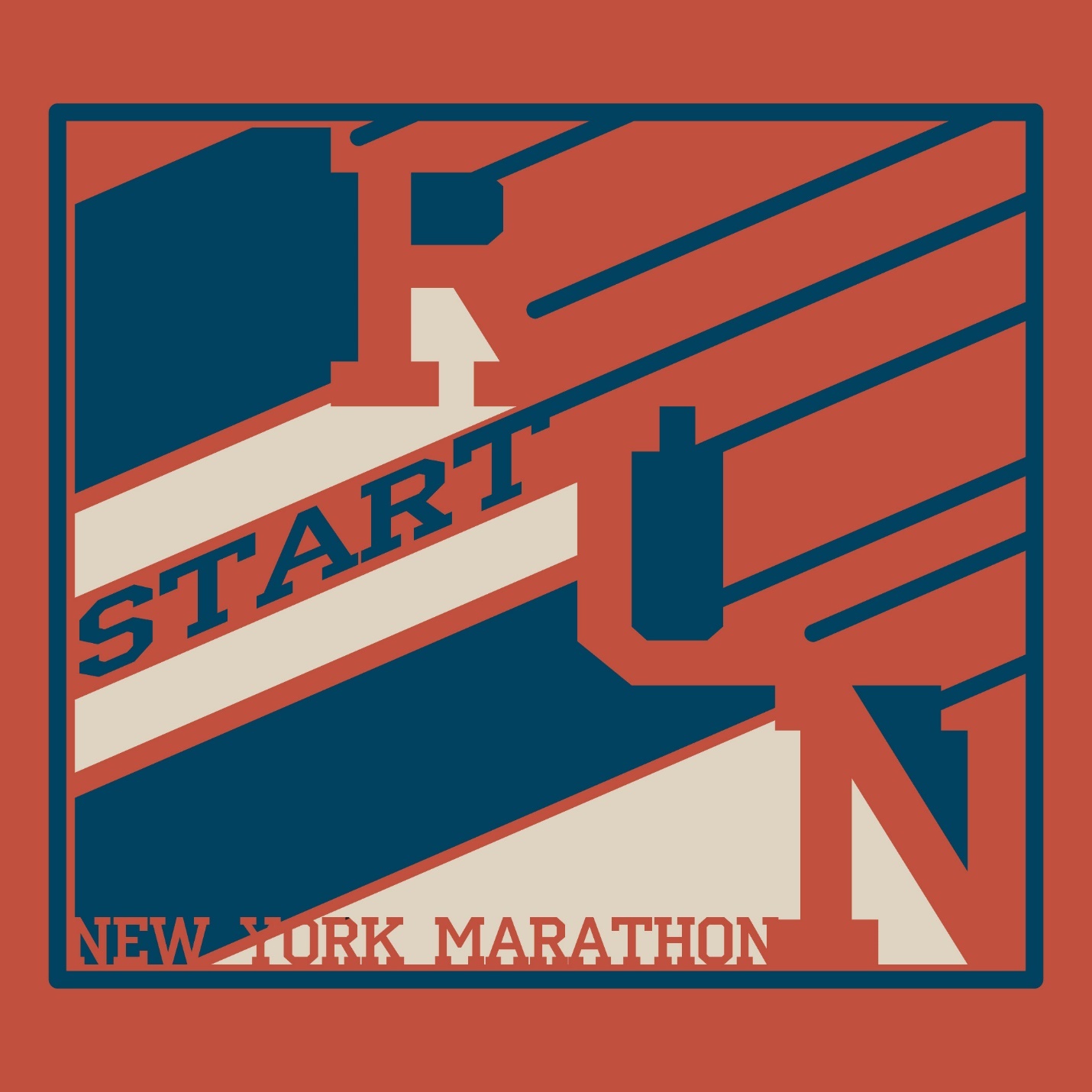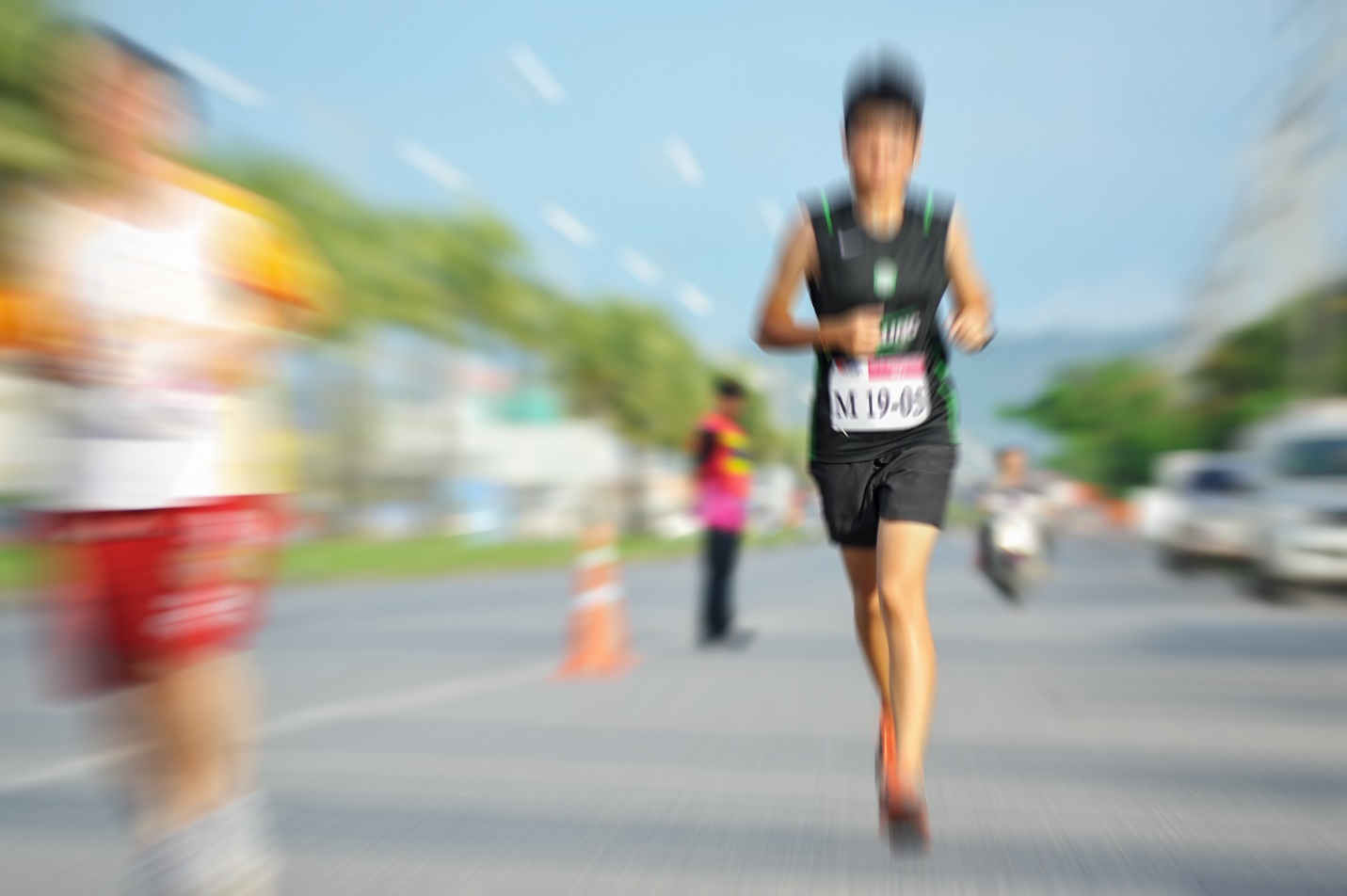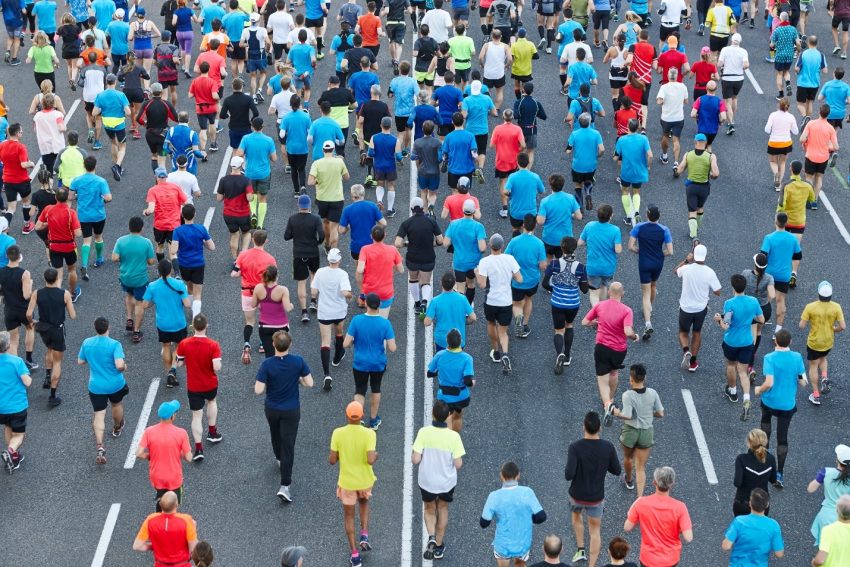Race Day Ready: Designing Custom T-Shirts for Marathon Success
Every year, more than 1.1 million people around the globe complete a marathon, and many more attempt it. From small local festivals to world-famous events like the Boston Marathon and New York Marathon, they are a way for people to test their endurance in a supportive environment.
Custom marathon t-shirts are a fun, practical and stylish way to celebrate this accomplishment. Since they can be worn during and after the event, they are an important marketing tool as well. The right design can have a huge positive impact – but where do you start? Here are 10 tips for marathon t-shirt designs so you can come up with the perfect race day apparel.
1. Choose a Good Shirt Fabric
Do you want runners to wear their custom t-shirts for the whole race? Then you don’t want it weighing them down by mile five because it’s soaked in sweat or chafing. We recommend moisture-wicking materials such as polyester, nylon and technical mesh. They help move sweat away from the skin and have good airflow. A little bit of spandex adds some stretch for a better range of motion Bambo and other natural materials are eco-friendly and have anti-microbial properties. You might consider wool because of its excellent temperature regulation. Avoid cotton, though; it absorbs moisture without wicking it away, which leads to a heavy shirt that causes overheating and rashes.

2. Pick the Right Shirt for the Conditions
Marathons can be held at all times of year, and the weather can vary greatly. Plan accordingly so runners are comfortable – at least, as comfortable as can be when they’re running 26.2 miles. Lightweight marathon t-shirts will be great for a 90-degree July day, and you should look for shirts that have built-in UV protection. For cool, rainy spring and fall marathons, you should lean towards midweight and even heavyweight materials, and perhaps order long-sleeved tees instead of short-sleeves t-shirts.
3. Be Sure to Pick High-Quality Materials
Running apparel needs to work as hard as runners to go the distance. You want it to be of some use after the event, too, as a shirt can raise awareness for potential future marathon entrants. Choosing cheap, poorly-made materials might save you some money now, but it will be at the cost of brand exposure later – not to mention it can hurt your credibility. Invest in good materials from respected apparel manufacturers.
4. Use Bright Colors and Graphics
You want to make it as easy as possible to see runners. Bright, bold colors boost visibility, making it easier for onlookers to identify family and friends so they can cheer them on. They also improve safety since many marathons are run on public roads where there are still cars and bikers about. Make sure the graphics complement or contrast with the main shirt color so they don’t visually blend. You might want shirts that have reflective tape or trim as events often start in the early morning or continue into the night.

5. List Details About the Event
Running shirts are more than just a cool garment – they’re a platform to showcase your event and your brand. Take advantage by including relevant information such as:
- The name of the race.
- Its date and location.
- The official event logo.
- A course map.
- An image of a runner.
- The event slogan.
- The charity or cause, if any, that the event is benefiting.
6. Feature Sponsor Logos
Marathons are expensive to put on, and sponsors are an important source of revenue. One potential way to attract them is with logo placement on the t-shirt. You can sell different placements with rates depending on the size and location. In many cases, one or two sponsors may be enough to cover the cost of printing. Sponsors also make it more affordable to get the high-quality apparel we mentioned earlier.
7. Keep the Design Simple
While we’ve mentioned a lot of possible things to have on your custom marathon t-shirt, you need to be careful not to let it get cluttered. If you include too much information and images or use complicated fonts, the result is an overwhelming mess where nothing stands out. Not to mention that when the wearer is on the run, onlookers may not be able to see everything anyway. Focus on important elements with clean lines.

8. Leave Space for Bibs
Pretty much every marathon requires participants to wear a number bib or other form of identification. You want to have a blank space on your shirt large enough for them to attach this ID without it covering up the graphics, sponsor logos and information. This ensures maximum exposure.
9. Order the Correct Sizes
Experienced runners know the importance of their apparel fitting well. Too large a shirt will feel like a parachute; too small a shirt will cause discomfort. Include a field on registration forms for people to list their shirt size. BlueCotton also has a Group Orders Shipping Individually program where we can set up a webpage for participants to select their size, guaranteeing the correct fit. We’ll even ship the shirt directly to the runner so they can wear it to the starting gate without you needing to distribute them.
10. Find the Right Shirt Printer
No matter how many entries your marathon has, custom shirts are a huge undertaking. You need to work with a shirt printing company that has the selection, knowledge and services to put your design on the podium. BlueCotton has more than 30 years of experience designing marathon t-shirts. With low order minimums, a free online design studio, fast shipping and live support from real people, we’re here to give you the best possible experience from the starting whistle to the finish line.
